Episodes

Friday Apr 25, 2025
Friday Apr 25, 2025
Embedded Software is the name of the game this week my friends! My podcast guest is Jacob Beningo of the Beningo Embedded Group. Jacob and I chat about what the three elements of embedded software Jacob believes everyone should know and how each of these elements can affect development. We also explore what motivated Jacob to develop the Embedded Software Academy and where Jacob sees embedded software development headed in the future.

Friday Apr 18, 2025
Programmable PMICs and Cutting Edge Power Management with AnDAPT
Friday Apr 18, 2025
Friday Apr 18, 2025
This week my podcast guest is Giovanni Garcea, President of AnDAPT. Giovanni and I discuss the details of AnDAPT’s field programmable PMIC and how engineers can take advantage of AnDAPT’s programmable power solution that it designed with AI called PMIC.AI. Also this week, I check out a new fluid battery that can take any shape developed by researchers at Linköping University.
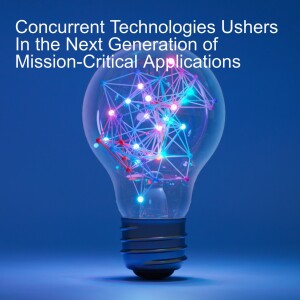
Friday Apr 11, 2025
Friday Apr 11, 2025
My podcast guests this week are longtime friend of the show Nigel Forrester and Victoria Middleton from Concurrent Technologies. Nigel, Victoria and I chat about the importance of rigorous testing in mission-critical systems, the details of Concurrent’s mission-critical embedded computing solutions, and how Concurrent can help engineers determine what Intel processor board is best suited for your next design. Also this week, I check out the details of a new 3D printed electronics-free robot that can walk right off the 3D-printer!

Friday Apr 04, 2025
Friday Apr 04, 2025
This week we are talking all about edge cyber security with David Pearah, CEO of SpiderOak. David and I explore why traditional cyber security solutions do not properly protect edge devices, how SpiderOak is empowering developers to protect their edge applications, and why they are also offering their technology platform as open source software.
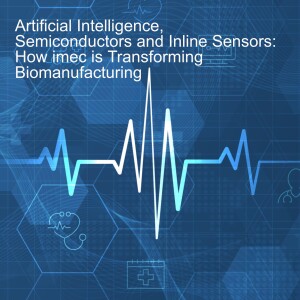
Friday Mar 28, 2025
Friday Mar 28, 2025
Biomanufacturing takes center stage in this week’s podcast! My guest is Bert Verbruggen from imec. Bert and I explore the challenges of biomanufacturing and how inline production process monitoring can help solve these issues. Bert and I also discuss new inline sensor developments developed by imec and the value that artificial intelligence can bring in these systems.

Friday Mar 21, 2025
New Insight and Awareness into IoT Security with Cyber Trust Mark
Friday Mar 21, 2025
Friday Mar 21, 2025
IoT security is the name of the game this week! My podcast guest is Sharon Hagi, Chief Security Officer of Silicon Labs. Sharon and I chat about the new cybersecurity labeling program called Cyber Trust Mark - the details of this program and the motivation behind its development. We also discuss the Connectivity Standards Alliance’s Product Security Working Group and how it eases the challenges of complying with global product security requirements. Finally, we also explore benefits of silicon-rooted trust models and secure manufacturing in this arena and how Silicon Labs is furthering security in IoT devices.
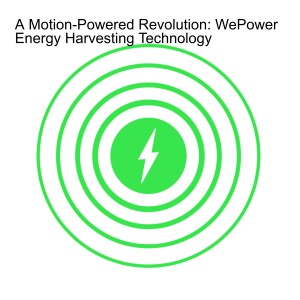
Friday Mar 14, 2025
A Motion-Powered Revolution: WePower Energy Harvesting Technology
Friday Mar 14, 2025
Friday Mar 14, 2025
My podcast guest this week is WePower Founder/CEO Larry Richenstein! Larry and I chat about WePower’s innovative energy harvesting technology, the industries that could take advantage of this technology and the variety of products offered by WePower. Also this week, I investigate Forest 4.0 - a new intelligent forest data processing model that incorporates IoT, AI, and blockchain technologies that could enable real-time monitoring of forest conditions, sustainable resource accounting, and a more transparent forest governance model.
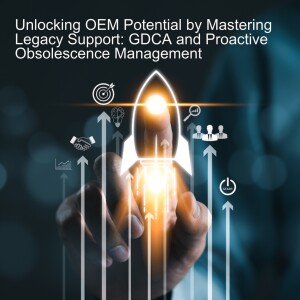
Friday Mar 07, 2025
Friday Mar 07, 2025
My guest this week is long-time friend of the show Ethan Plotkin, CEO of GDCA. Ethan and I chat all about proactive obsolescence management. We discuss the biggest challenges in terms of obsolescence for OEMS, the benefits of working with legacy equipment manufacturers and the ramifications of negative and positive case studies for obsolescence management.
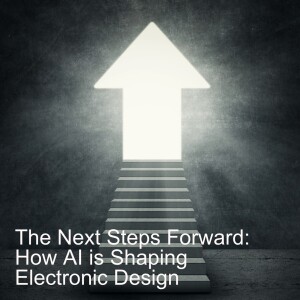
Friday Feb 28, 2025
The Next Steps Forward: How AI is Shaping Electronic Design
Friday Feb 28, 2025
Friday Feb 28, 2025
My podcast guest this week is Alex Iuorio from Avnet. Alex and I discuss Avnet’s recent Insights Survey including the motivation to create this survey, the skills needed to incorporate AI capabilities into our designs, and the AI related engineering concerns garnered from this survey. Also this week, I explore how mushrooms and coffee grounds can be used as 3D printing material and could be used as a resilient, fully compostable alternative to plastics.

Friday Feb 21, 2025
A New Era for Test and Measurement
Friday Feb 21, 2025
Friday Feb 21, 2025
We’re talking about test and measurement in this week’s Fish Fry podcast! My guest is Ritu Favre - President of Emerson Test & Measurement. Ritu and I explore the biggest trends in test and measurement today, the challenges of creating tests for systems newly incorporating AI into their designs, and what advice Ritu would give to engineers just starting off their careers.

